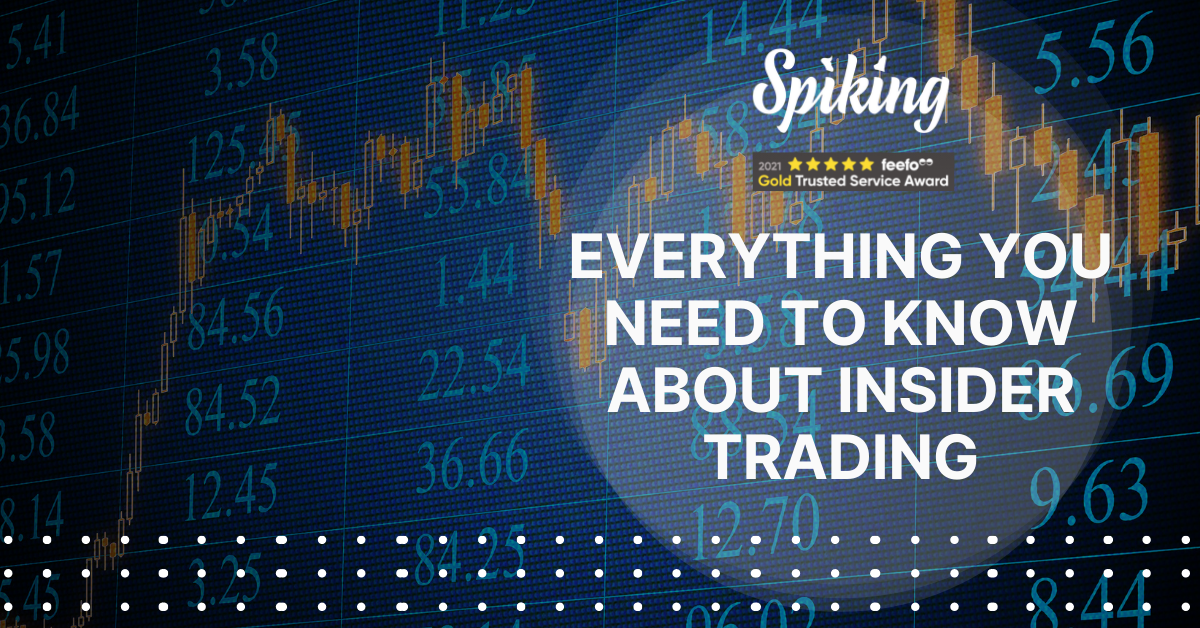
Intraday Trading
Are you interested in learning more about intraday trading? Let's take a look at what you need to know.
If you've been thinking about how to start day trading recently, you're not alone. With the volatility of the markets during the fallout from the coronavirus pandemic and the subsequent Gamestop trading frenzy, lots of people have been thinking about getting into the markets.
One form of trading that you might consider practicing is known as intraday trading. There are a number of advantages and disadvantages to this strategy, and you will want to carefully consider all of your options before hopping in.
What Is Intraday Trading?
Intraday trading is when you buy and sell a stock within one trading session. The term "trading session" means within the same day. Under certain brokerage plans, the stock can be sold automatically if you don't close your position, so you will want to stay on top of whether or not this applies to your brokerage plan.
The most common way to go about intraday trading is to set a price target for a stock and buy it if it is currently trading below the target you set. Then, when it reaches the target, you sell. If it doesn't seem to you that the stock is going to reach the target, the next best thing is to try and sell it for the best possible price.
What Are the Advantages of Intraday Trading?
There are a number of advantages to intraday trading strategies.
The first is that you can use margin to your advantage here with many brokerage plans. This means that you can often place a trade that is larger than the amount of money you are initially investing. The additional funds are provided by the broker.
This means that you can take on a bigger position than your own capital allows for. This means that your potential profit increases as well.
Another benefit is high liquidity. Since you are opening and closing positions on the same day, the capital you are investing is only tied up for a number of hours. You can also lock in profits quickly based on intraday price fluctuations.
There are also typically lower commissions owed to your broker for intraday trades. Interest and fees are sometimes charged if you hold positions overnight.
Lastly, intraday trading means that you aren't leaving yourself vulnerable to overnight risk. This means that you won't wake up to a disaster if there is a major shift after hours. For example, if adverse news is released after the markets close, your position could be in trouble.
What Are the Disadvantages of Intraday Trading?
There are also a number of drawbacks when it comes to this strategy. The first is the risk of loss. Depending on your exposure, you could end up taking a big loss if the market moves against you.
Basically, the time window that you have to close your positions in the green is quite small compared to swing trading or investing.
Another disadvantage is the fact that you have to monitor the movements of the market closely. This isn't a "set it and forget it" type strategy. You will need to stay glued in to make sure you can identify the best opportunities to enter and exit a position.
This can be stressful for many people and also requires knowledge of technical analysis.
It can also mean that you spend more money on commission fees per day when you intraday trade because you are making frequent trades rather than taking on fewer, large positions.
If you use margin to finance your purchases, you can find that losses mount quite quickly. It's therefore important to do your due diligence and research before buying into a position.
There are also some assets that are off-limits when it comes to intraday trading, such as mutual funds.
Lastly, you don't receive any of the benefits such as dividend payments when you intraday trade that you might as a longer-term investor.
Intraday Trading Strategies
There are a number of different intraday trading strategies you can employ.
The first of these is known as scalping. This is when you try to make a bunch of small profits throughout the day on small price changes in a short period of time. If you're interested in learning more about scalping, check out our guide to scalping here.
Range trading is when you use support and resistance levels (and other indicators) to inform when you buy and sell.
High-frequency trading is when you use algorithms to exploit short-term market inefficiencies. Lastly, news-based trading is when you find trading opportunities from the volatility that can arise from news events.
Is It Time for You to Take Your Trading to the Next Level?
Research is essential when you're first learning about becoming a trader. Whether you decide you want to scalp volatile stocks or you're thinking about holding longer positions, knowledge is power when it comes to the markets.
Spiking offers an opportunity for you to take your trading game to the next level. Our stocks, cryptos and options trading AI data platform allows you to know what the top experts are currently buying and trading. What this means is that you can save hundreds of hours and go straight to the best information source out there.
All of the big fish out there are already using Spiking. Are you ready to be one of them? Check out the upcoming Free Live Webinar to learn more on how you can start building your generational wealth today or sign up for the upcoming Spiking Masterclass here!
Join the Spiking Wealth Community
Want to learn more about the various trading strategies and see which one suits you the best? Lead by Dr. Clemen Chiang, the Spiking Wealth Community is an online community network. Together we are catching the Spikes so that you have faith, hope, and love in everything you do. Spiking Wealth Community helps you to accomplish time squeeze by connecting the dots through online courses, live trading, winning trades, and more. Join us for Free and start your Spiking Wealth Journey today!
*Disclaimer: The article should not be taken as, and is not intended to provide investment advice. Claims made in this article do not constitute investment advice and should not be taken as such. Spiking strongly recommends that you perform your own independent research before making financial decisions.



